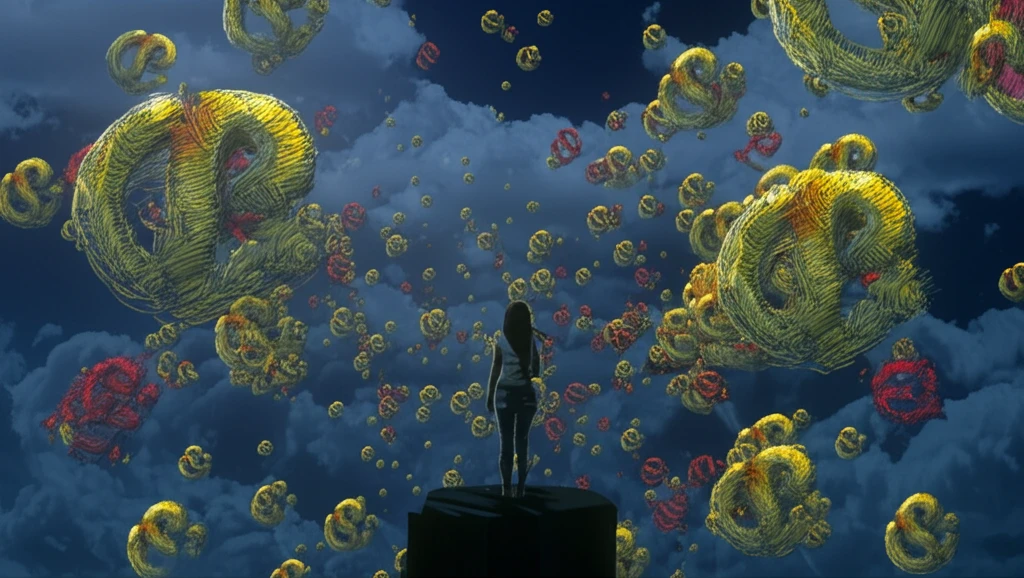
Is Choice Overload Real? New Tests Reveal How Too Many Options Can Sabotage Decisions
"Discover how revised testing methods confirm that an excess of choices can lead to decision fatigue and poorer outcomes, challenging previous inconclusive findings."
In a world awash with options, the promise of finding the perfect fit can quickly turn into a mire of indecision and regret. This phenomenon, known as "choice overload," suggests that while we cherish the freedom to choose, too many alternatives can actually diminish our well-being and lead to suboptimal decisions. From selecting a streaming service to choosing a retirement plan, the paradox of choice permeates modern life.
Choice overload isn't just a minor inconvenience; it has significant implications for how we design economic policies and structure consumer environments. Understanding when and how choice overload occurs can help us create systems that empower individuals to make better, more satisfying decisions. However, pinning down the existence and prevalence of choice overload has been challenging, with existing research yielding conflicting results.
Now, a new study offers a fresh perspective on this complex issue, arguing that traditional methods for detecting choice overload may be underpowered. By introducing more robust testing methods and richer datasets, researchers are uncovering compelling evidence that choice overload is indeed a real and impactful phenomenon—one that may be far more common than previously thought.
Why Traditional Tests Miss the Mark on Choice Overload

Previous studies often relied on simple comparisons: measuring whether people were more likely to choose a default option when faced with a large selection compared to a smaller one. The core issue with this method lies in its limited scope. Imagine you're offered a choice between six jams versus 24. Standard tests looked at whether people were simply less likely to buy jam from the extensive selection. However, this approach overlooks critical nuances.
- Limited Data: Many studies only collect data from a single small choice set alongside a large one, missing valuable information from other potential combinations.
- Underpowered Statistics: Traditional tests may lack the statistical muscle to detect subtle but significant effects of choice overload.
- Ignoring Preference Heterogeneity: People have diverse tastes. A test that doesn't account for varied likelihoods of liking available options is prone to errors.
The Future of Choice: Empowering Better Decisions
The findings from the study suggest that the impact of choice overload could be more widespread and significant than previously understood. By using more rigorous testing methods, scientists can now better identify when and how an abundance of options undermines our ability to make sound choices. Further, understanding the nuances of choice will allow you to better equip yourself to handle the modern influx of option, ultimately leading to better, faster decision making for all!
